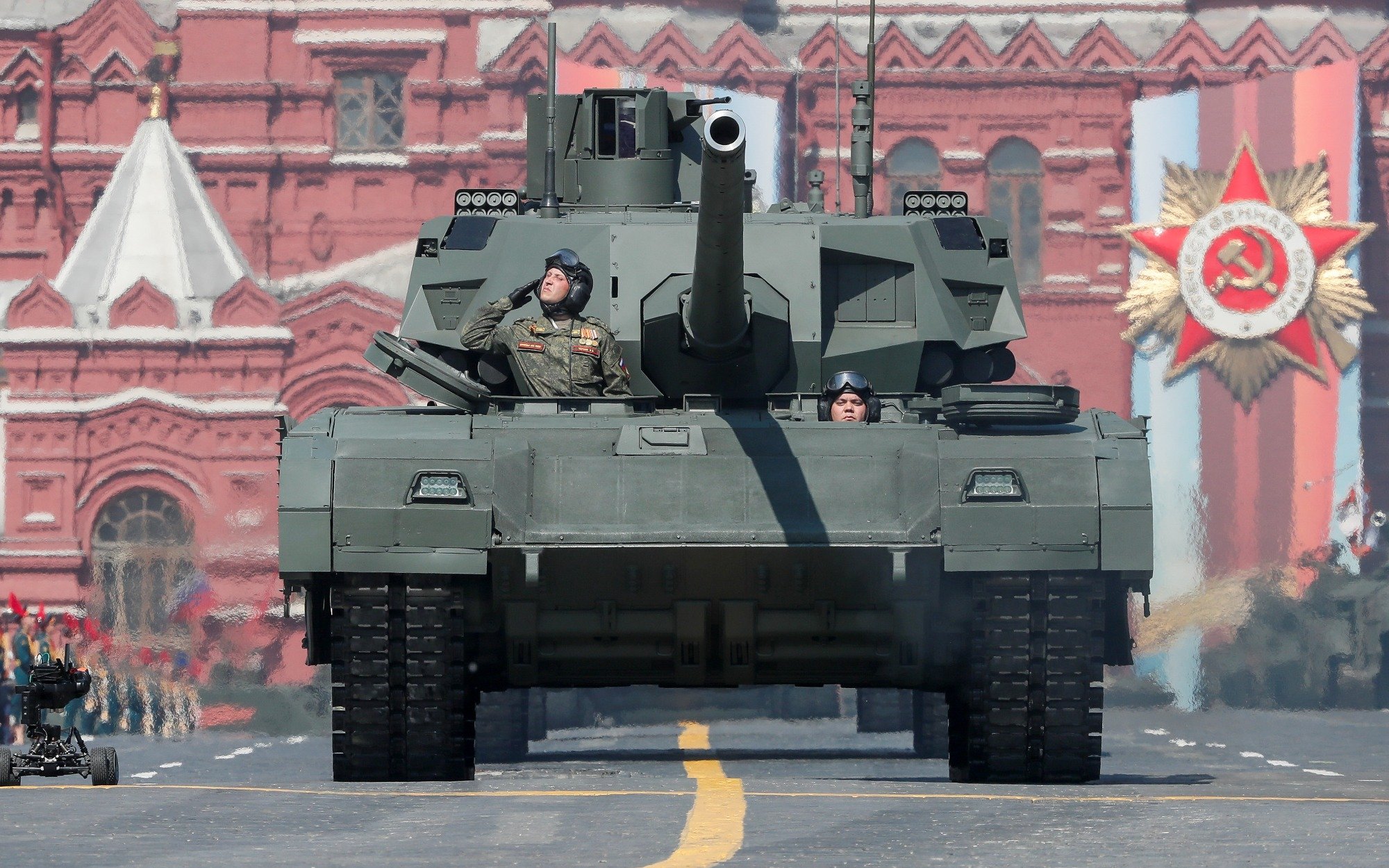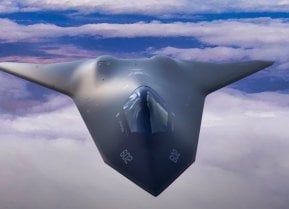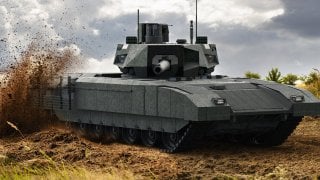Heavy Russian Casualties in Ukraine: Over 1,000 Soldiers Lost Daily
The war in Ukraine has not gone as planned for Russia, resulting in heavy casualties and equipment losses. To cope with the daily loss of over 1,000 soldiers, Russia has resorted to unconventional methods, including enlisting migrants who recently received Russian citizenship.
Summary and Key Points: The war in Ukraine has not gone as planned for Russia, resulting in heavy casualties and equipment losses. To cope with the daily loss of over 1,000 soldiers, Russia has resorted to unconventional methods, including enlisting migrants who recently received Russian citizenship.

-Many of these new recruits are serving in support roles on the frontlines. Russia's reliance on convicts, mercenaries, and migrants aims to minimize domestic backlash from high casualties.
-Despite these efforts, Russian forces continue to suffer significant losses, including approximately 1,280 men and numerous vehicles and equipment in a single day.
How Many Soldiers Can Russia Lose in the Ukraine War?
The war in Ukraine certainly didn’t go as Russian President Vladimir Putin and his advisers planned. Their so-called special military operation was supposed to last anywhere from three days to a couple of weeks.
Almost 900 days later, the Russian military continues to bleed men and weapons systems in Ukraine.
To make up for the more than 1,000 men it loses every single day, the Russian military resorts to unconventional methods.
Migrant Soldiers
During last week’s St. Petersburg International Legal Forum, the head of the Russian Investigative Committee, Aleksandr Bastrykin, said the Russian government has identified up to 30,000 migrants who recently received Russian citizenship but who hadn’t registered for military service.
The Russian official went on to state that 10,000 of these new Russian citizens had already been pressed into service and were serving on the frontlines in Ukraine. His statements indicate that the migrants were serving as support personnel, digging trenches, working on fortifications, and assisting in general rear duties.
Russia has a national service system through which every male within a certain age bracket must serve in the armed forces and then in the reserves. Generally, the Russian military has tried to keep reservists away from the frontlines – especially if they are ethnically Russian – out of concern for domestic backlash in the event of high casualties. But the high demands of a war in which Russian forces have taken almost 550,000 casualties necessitate the deployment of all troops available in order to keep up the pressure on the Ukrainian military. As such, many reservists have found themselves on the frontlines in Ukraine, though that would be illegal under the Kremlin’s own legislation.
“Russian independent media has previously reported that Russian law enforcement have been conducting a campaign of legal harassment against, particularly Central Asian, migrants in an attempt to induce them to enlist in the Russian Armed Forces in return for citizenship or to avoid arrest on invented charges,” British Military Intelligence assessed in its latest estimate on the war.
“This is likely yet another inventive means of bolstering military recruitment while attempting to limit the impact on those parts of the Russian population that have greater political agency,” British Military Intelligence concluded.
The Kremlin has resorted to a number of creative moves to ensure that those fighting its war in Ukraine are the ones who don’t have a big say in Russian society. Convicts, mercenaries, and migrants are some of the demographics that serve in the Russian forces.

Russian Casualties in Ukraine
Meanwhile, Russian forces continue to take serious losses on the ground. Over the past 24 hours, the Russian military lost approximately 1,280 men killed, wounded, or captured, as well as 74 tactical vehicles and fuel trucks; 59 artillery pieces and multiple launch rocket systems; 21 unmanned aerial systems; 16 infantry fighting vehicles and armored personnel carriers; 8 main battle tanks; 4 pieces of special equipment; and 2 cruise missiles.
About the Author
Stavros Atlamazoglou is a seasoned defense journalist specializing in special operations and a Hellenic Army veteran (national service with the 575th Marine Battalion and Army HQ). He holds a BA from the Johns Hopkins University and an MA from the Johns Hopkins’ School of Advanced International Studies (SAIS). His work has been featured in Business Insider, Sandboxx, and SOFREP.
All images are Creative Commons.


